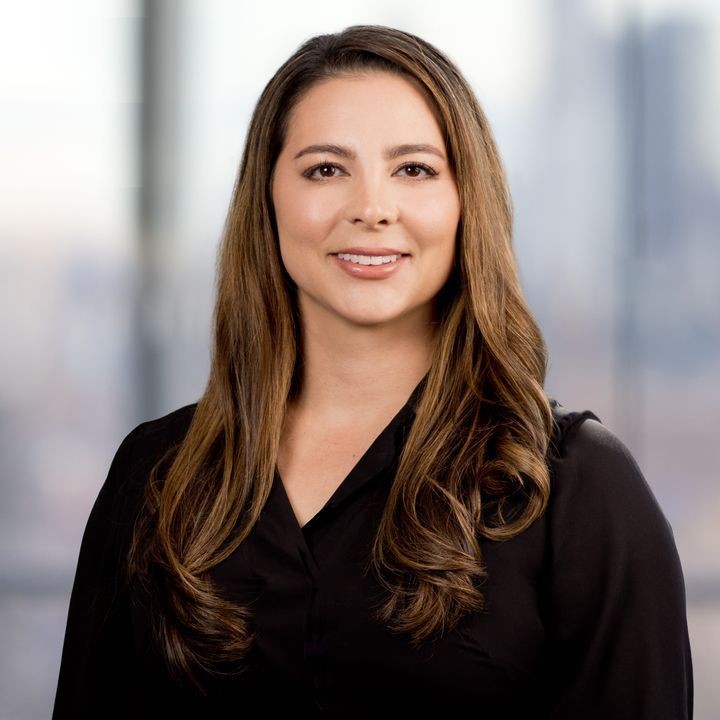Supreme Court Weighs Whether “Dual Purpose” Communications Are Privileged in In re Grand Jury
Client Alert | 4 min read | 01.11.23
On January 9, 2023, the U.S. Supreme Court heard oral arguments in In re Grand Jury. In this case, the Court is asked to decide the appropriate test for determining whether documents that include legal advice, but also discuss other non-privileged issues, are protected by the attorney-client privilege. The question before the Court is whether a “dual purpose” communication is privileged only if its “primary purpose” was obtaining legal advice, or if the privilege extends to documents that have only a “significant purpose” of obtaining legal advice. While the case arose in a criminal context and relates to tax advice, the Court’s decision could have broad implications across the legal profession. The case has drawn an enormous amount of attention, as evidenced by the thirteen amici briefs filed in the case.
The case arose when a law firm specializing in international tax issues was ordered to turn over documents containing communications that discussed both the preparation of the client’s tax returns and legal advice. Communications solely involving preparation of a tax return are generally not privileged. The law firm claimed that because the communications had a “dual purpose” that included legal advice, they were protected by the attorney-client privilege and refused to produce them.
The law firm was held in contempt by the U.S. District Court for the Central District of California for failing to produce the documents. The U.S. Court of Appeals for the Ninth Circuit upheld that ruling, and the Supreme Court granted certiorari.
The law firm and the government agree that “dual purpose” communications can be privileged, but disagree on which test should apply to make that determination. The law firm advances a “significant purpose” test, which asks whether obtaining or providing legal advice was one of the significant purposes of the communication. The Ninth Circuit did not agree and adopted a “primary purpose” test, which requires the court to evaluate whether the predominate purpose of the communication was to obtain legal advice.
Throughout the case, the law firm argued that the “significant purpose” test is more workable for courts, clients, and lawyers, and provides the type of certainty and protection which is necessary to ensure free and open communication between lawyers and clients. It argued that the “primary purpose” is “difficult, if not impossible to apply” because it would force courts “to identify the legal and non-legal reasons for making a communication, then weigh the relative importance of those reasons to determine the most significant purpose of the communication.” It also argued that such an unworkable test would result in uncertainty for lawyers and clients about which of their communications would be privileged and, therefore, would have a chilling effect.
The government urged the Court to uphold the Ninth Circuit’s “primary purpose” test because extending the privilege to communications that have only some legal purpose would shelter many documents from discovery where the legal advice was only a small part of the communication. It also cautioned the Court against “inadvertently creat[ing] an accountant-client privilege, or to extend[ing] special treatment to lawyers performing non-legal tasks.”
The Court was very engaged during the oral argument. The questioning revealed that both sides were uncertain of exactly how their respective tests differed and would be applied. The Justices asked numerous questions about what percentage of a communication would need to be legal advice to rise to the level of “significant” or “primary” purpose. For example, in response to questioning by Justice Thomas, counsel for the law firm stated that a “significant purpose” is any bona fide purpose, no matter how small. In response to questioning by Justice Gorsuch, the government seemed to concede that to be “primary” the legal advice would not need to be over 50% of the communication, but then later corrected that statement and said that in reality courts do not analyze percentages.
None of the Justices expressed a worry about the chilling effect that the law firm emphasized, nor did they seem moved by arguments about certainty and predictability. Instead, the Justices focused on the workability of the tests proposed and determining the true difference between the two proposals. Justice Gorsuch and Roberts drilled down on whether courts must do a quantitative analysis of numerous documents to determine if a purpose is “primary,” which seemed untenable to them. Justice Sotomayor pointed out that most states have adopted the “primary purpose” test, and therefore the privileged nature of the communications would be uncertain even if the Court adopted the “significant purpose” test for the federal system.
While Justices Kagan, Jackson, and Sotomayor seemed to favor the “primary purpose” test over the “significant purpose” test, Justices Roberts and Gorsuch had concerns about the application of the “primary purpose” test. Justice Barrett asked whether one approach might be for the Court to simply “say nothing,” uphold the “primary purpose” test, but not elaborate further. The district courts would then apply the “primary purpose” test using their own judgment and expertise. Whatever test is adopted, it is clear that some of Justices will reject a “say nothing” approach, and practitioners can expect the Court to provide some much-needed guidance in its forthcoming opinion.
No matter the outcome of this case, lawyers and clients alike should take particular caution when communicating about both legal and non-legal advice. While the decision in this case will provide further guidance, there are some key takeaways from the argument that can be implemented now to maximize privilege protections. First, documenting the purpose of the communication as legal is important. Lawyers and clients may face difficulty divining the parties’ purpose for a communication years after the fact when reviewing documents for production, and a clear statement about the parties’ intent is advisable. Second, segregating legal and non-legal advice, while not always possible or practical, is best, as it makes the privileged nature of communications regarding legal advice more certain and predictable.
Crowell is closely following this case and will provide an update as soon as an opinion is issued. In the meantime, please reach out to us with questions or if you are interested in training sessions we can provide regarding privilege and confidentiality best practices.
Contacts
Insights
Client Alert | 6 min read | 01.16.26
Trump Administration Rolls Out New DOJ Division for National Fraud Enforcement
On January 8, 2026, the Trump Administration announced the creation of a new Division for National Fraud Enforcement within the Department of Justice (DOJ). The division will be led by a newly appointed Assistant Attorney General (AAG), pending Senate confirmation, who will report directly to both the President and Vice President and operate out of the White House. Such a reporting structure is unprecedented in the history of the DOJ.
Client Alert | 4 min read | 01.15.26
Access to Public Domain Documents Pilot: Practice Direction 51ZH
Client Alert | 4 min read | 01.14.26
Client Alert | 3 min read | 01.13.26







